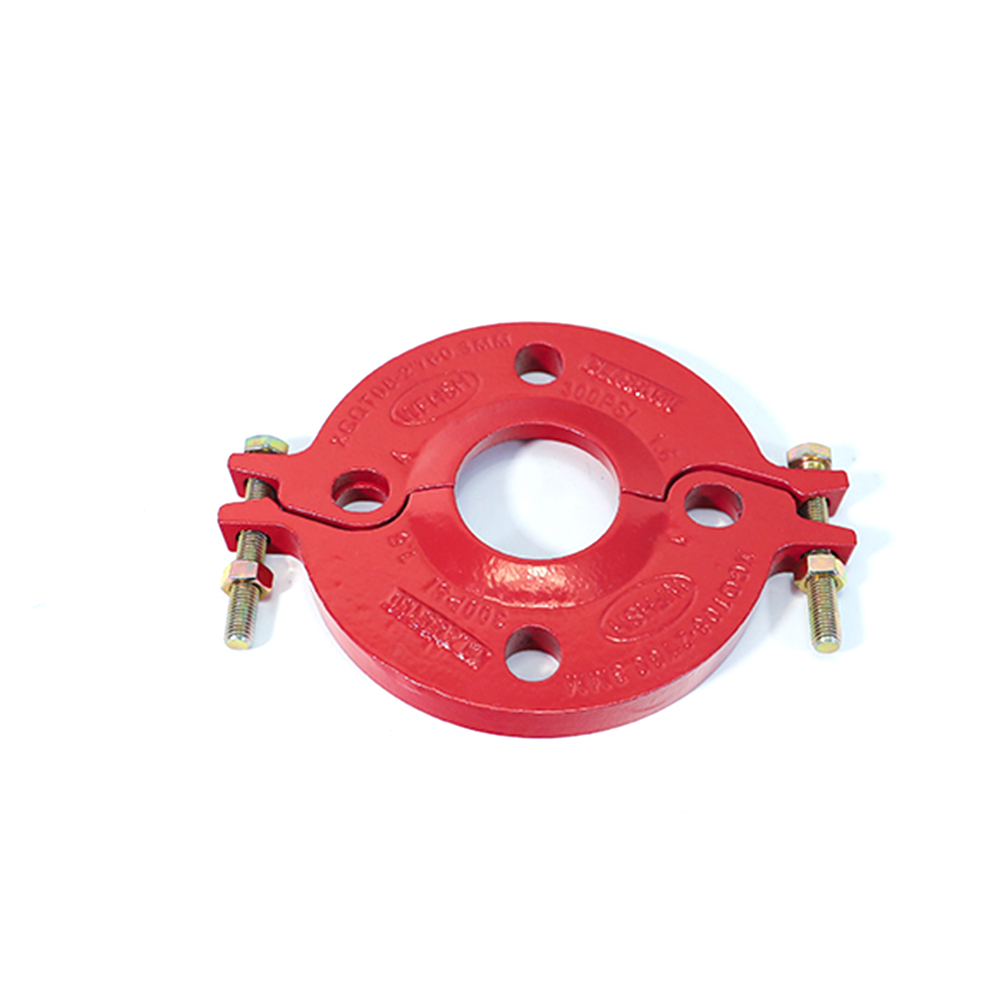Shandong Zhihua Pipe Industry Co., Ltd.
The flexibility of grooved pipe flange connections refers to their ability to accommodate movement, expansion, contraction, and vibration within a piping system. This flexibility is achieved primarily through the design of the grooved coupling itself, as well as the use of elastomeric gaskets. Here's how the flexibility of grooved pipe flange connections is reflected:
Grooved Coupling Design: The grooved coupling consists of two halves that encircle the pipe ends and are secured by bolts. These halves have a series of grooves that match up when the coupling is assembled. This design allows a certain degree of movement between the pipes while maintaining a secure connection. The grooves also help distribute stresses and forces more evenly, reducing the risk of localized stress points that could lead to failures.
Flexible Gaskets: Grooved pipe flange connections use elastomeric gaskets made of materials like EPDM (ethylene propylene diene monomer) or Nitrile rubber. These gaskets create a tight seal between the pipe ends when the coupling is assembled. They also provide some flexibility by allowing the pipes to move slightly while maintaining a sealed connection. The flexibility of the gaskets is crucial for accommodating thermal expansion and contraction as well as vibrations.


Deflection and Angular Movement: The grooved coupling's design allows a certain amount of deflection or angular movement between the pipes. This is especially useful in applications where pipes might shift due to ground settlement, building movement, or other factors. The coupling can accommodate minor misalignments and shifts without compromising the integrity of the connection.
Reduced Stress on Piping: Traditional rigid connections, such as welded or threaded connections, can transmit stress and forces directly to the piping. Grooved pipe flange connections distribute these stresses more evenly across the coupling and gasket interface, reducing the likelihood of pipe damage or failure due to stress concentrations.
Thermal Expansion and Contraction: Piping systems experience thermal expansion when heated and contraction when cooled. Grooved pipe flange connections can absorb some of this movement without creating excessive stress on the pipes. This helps prevent buckling, bending, or leaks caused by rigid connections under thermal changes.
Vibration Absorption: In industrial environments or systems where vibrations are common, grooved pipe flange connections can help absorb and dampen vibrations. The flexibility of the coupling and gaskets allows them to absorb some of the vibrational energy, reducing the transmission of vibrations to other parts of the system.
The flexibility of grooved pipe flange connections is reflected in their ability to accommodate movement and stresses while maintaining a secure, leak-free connection. This flexibility is a key reason why these connections are favored in applications where traditional rigid connections might be less suitable.


 English
English
 Español
Español











